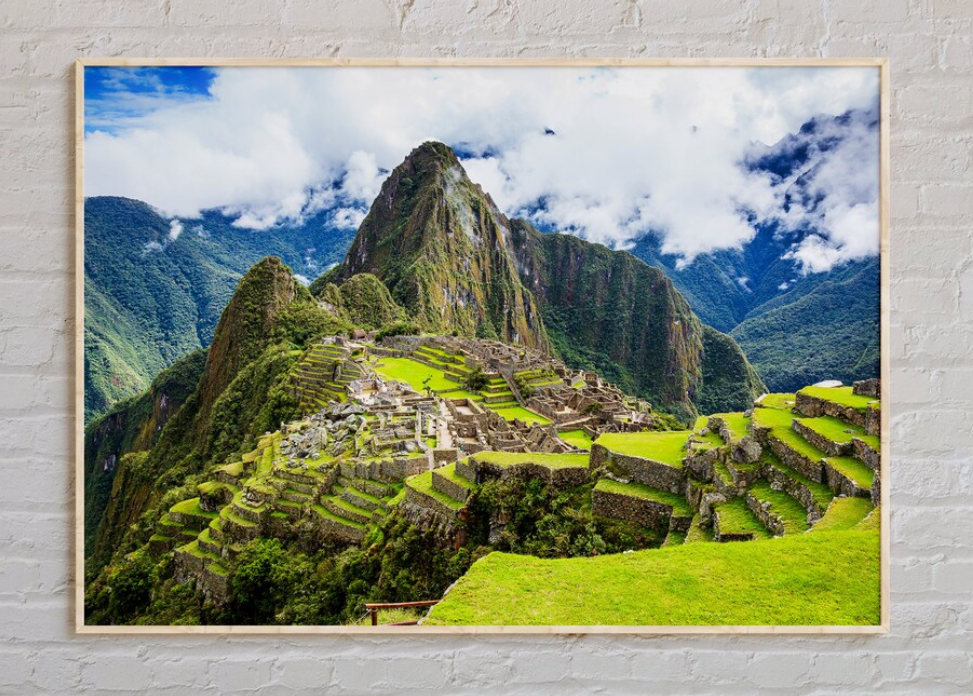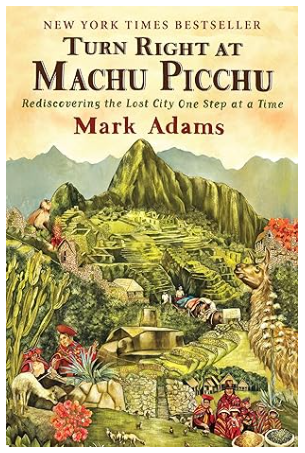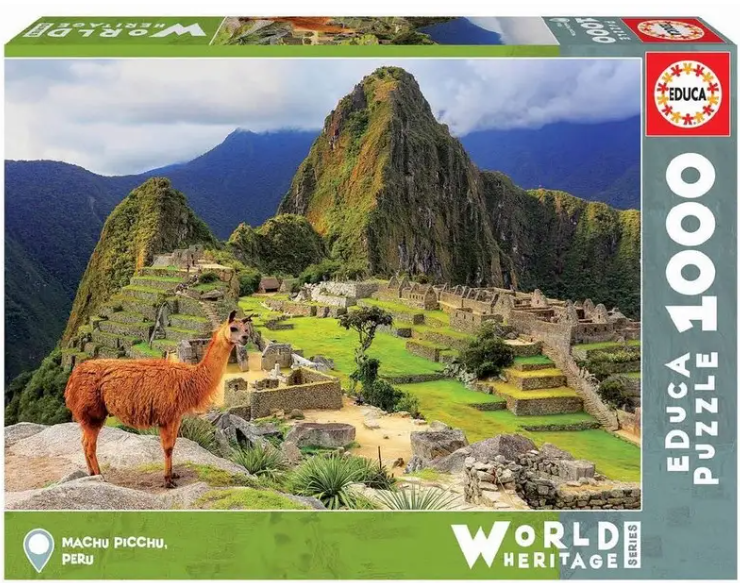Picture this: the sun is just peeking over the mountains, the crisp Andean air brushes your face, and suddenly, through the mist, Machu Picchu rises like a dream etched in stone. In this article, I’ll guide you through this Peruvian marvel: its history that feels like a fairy tale, tips to plan your visit without missing a thing, and a piece of our culture you can take home with exquisite Peruvian crafts. Ready to feel the Inca magic?
Who Falls in Love with Machu Picchu and How to Choose Peruvian Treasures?
Machu Picchu calls to everyone: adventurers who break a sweat on the Inca Trail, families hunting for album-worthy photos, and curious souls eager to touch history. If you’re thrilled by heights, ancient mysteries, or just want a killer Instagram backdrop, this place is for you. And here’s the best part: you can bring a slice of this experience home with authentic Peruvian products. Think textiles that look like they were painted by Mother Earth herself, ceramics echoing the Andes, or jewelry shining like Inca gold. When choosing, go for quality: handmade pieces with vibrant colors and details that tell a story. Make sure they’re Peruvian-made to support the communities keeping our heritage alive. That’s worth more than any selfie at the citadel!
Where to Buy These Peruvian Gems?
To make it easy, I’ve handpicked some authentic Peruvian products that capture the essence of our culture. Check out the table below for options from trusted sources.
A Journey to the Heart of the Andes: Where Is Machu Picchu?
Machu Picchu is tucked away like a well-kept secret in the Eastern Cordillera of southern Peru, at 2,430 meters above sea level. You’ll find it in the Cusco region, about 80 kilometers northwest of Cusco city, once the heart of the Inca Empire. Getting there isn’t like a quick trip to the corner store: from Cusco, you take a train to Aguas Calientes—a small town with big soul—and then a bus winds you up through curves that feel like a movie set. The journey is pure excitement: green mountains hug you, the Urubamba River sings below, and you feel like you’re about to uncover something extraordinary.
The History Whispered by Machu Picchu’s Stones
Talking about Machu Picchu is like opening a storybook you can’t fully decipher. Built in the 15th century under the great Inca emperor Pachacuti, it’s thought to have been a sacred site, an astronomical observatory, or even a retreat for the Inca elite. Picture this: while the Spanish were conquering below, this citadel stayed quiet, hidden by jungle, until Hiram Bingham stumbled upon it in 1911. “What is this place?” he must’ve wondered as vines brushed his boots and the ruins winked through the fog. We now know the Incas were geniuses: without wheels or iron, they crafted walls so perfect you can’t slip a piece of paper between the stones. But the mystery lingers: why was it abandoned? Some say it was the Spanish invasion; others believe it simply served its purpose. Walking there feels like the ancestors are whispering in your ear.
What Does Machu Picchu Mean? A Name with Soul
In Quechua, the language still echoing in our mountains, “Machu Picchu” means “Old Mountain.” It’s a fitting name for a place perched on a ridge, surrounded by taller peaks like Huayna Picchu—“Young Mountain”—watching over like a younger sibling. The name carries the weight of time, as if the mountain itself is telling you its centuries-old story while the wind tousles your hair.
Planning Your Adventure: Costs and Details for Visiting Machu Picchu
How Much Does the Entrance to Machu Picchu Cost?
Entering Machu Picchu isn’t cheap, but it’s worth every penny. The basic ticket costs about $45 (152 Peruvian soles) for adults, with discounts for students or Peruvian citizens. Want to climb Huayna Picchu or Machu Picchu Mountain for jaw-dropping views? Add a bit more. Heads-up: in peak season—June to August—tickets sell out faster than hotcakes, so book online early at tuboleto.cultura.pe or you’ll be left staring from below.
How Much Does a Tour to Machu Picchu Cost?
It depends on how fancy you want to get. A one-day tour from Cusco, including train and guide, runs between $200 and $300—pricey, but it comes with that “I made it!” feeling. If you’re up for the Inca Trail—a badge of honor—expect to pay $600 to over $1,000, depending on the days and perks. My advice: read reviews, compare prices, and pick a tour that makes your heart sing, not just your wallet.
How Much Money Do I Need for a Week at Machu Picchu?
A week in the Cusco region, with Machu Picchu as the star, isn’t like a beach getaway with just a backpack. Budget around $800 to $1,500 per person. This covers flights to Cusco, decent hotels (think hot showers, not five stars), tasty meals like lomo saltado, the citadel entrance, and maybe an extra tour. Stick to the lower end if you’re frugal; splurge a bit, and you’ll hit the higher end. Bring some Peruvian soles in cash—cards aren’t always welcome in these parts.
What’s the Closest Airport to Machu Picchu?
The closest airport is Alejandro Velasco Astete in Cusco. Land there, sip some coca tea to ease the altitude sickness—Cusco’s at 3,400 meters—and plan your route to Machu Picchu. No direct flights to the citadel, so trains or buses are your next step.
How Far Is It from Cusco to Machu Picchu?
It’s about 80 kilometers as the crow flies, but don’t expect a quick drive. The classic route is a 3- to 4-hour train ride from Cusco—or Ollantaytambo, if you want to shave off time—to Aguas Calientes, through postcard-worthy landscapes. Then, a 25-minute bus ride takes you up. If you choose the Inca Trail, it’s a 4-day trek of sweat and stunning views that make every step worthwhile.
A Moment of Magic: A Personal Story
Let me share something: the first time I saw Machu Picchu, I nearly cried. It was a chilly morning, the mist playing hide-and-seek, and the bus climbed slowly, like it was giving me time to brace myself. When I stepped out and took my first steps, the citadel unfolded like a gift: the sun painted the stones golden, birds sang a welcome, and the silence of the mountains wrapped me up. Time stood still, as if the Incas themselves said, “Welcome, you’re home.” You can’t explain that feeling—you have to live it.
A Taste of Culture: Beyond the Ruins
Machu Picchu isn’t just perfectly stacked stones; it’s the soul of a civilization that read the stars, tamed mountains, and honored the earth. The Incas had no writing like ours, but their story lives in every agricultural terrace and still-functioning water channel. That heritage thrives today: in Cusco’s markets, where the smell of roasted corn and fresh herbs fills the air, or in the hands of a weaver spinning alpaca like her ancestors did. Visiting Machu Picchu is diving headfirst into a culture that pulses like a festival drum.
Friend’s Advice for Your Visit
When you go, pack comfortable sneakers—no flip-flops, please—a rain jacket for unpredictable weather, and a water bottle to keep you going on those stairs. Also, don’t skip the coca tea; it’s a traditional remedy to help with altitude sickness, or “soroche,” and you’ll find it in most hotels and restaurants. The best time to visit is April-May or September-October: fewer crowds and weather that’s just right. If you can, spend a night in Aguas Calientes; seeing the citadel at sunrise, with soft light and hardly anyone around, is like hitting the jackpot.
Conclusion: Machu Picchu in Your Heart and Home
Machu Picchu isn’t just a dot on the map; it’s a journey that changes you, making you see the world differently. I hope these words have brought you closer to its ancient stones, hidden stories, and timeless magic. As you plan your adventure—or dream about it from your couch—check out the handpicked Peruvian crafts below. Each textile, each ceramic, is a piece of this land you can touch, smell, and feel. So, what are you waiting for? Your Machu Picchu story starts now.




